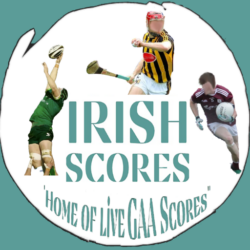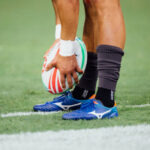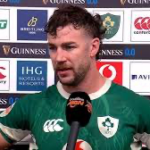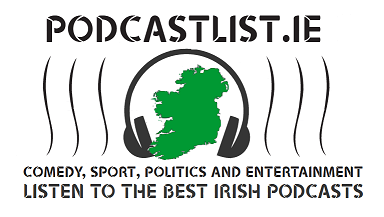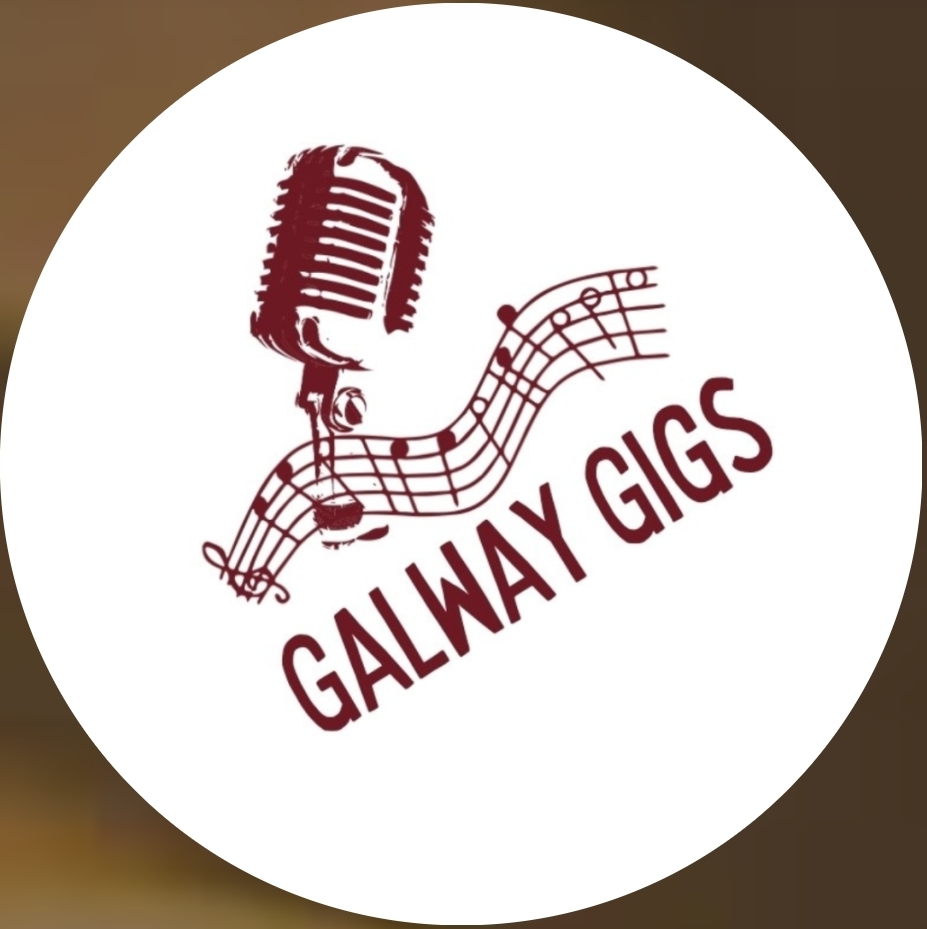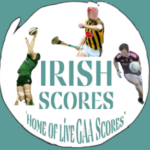Ireland is the home of many things – the craic, Guinness, and many myths.
Sport has long been an inherent part of Irish life, from the Gaelic games tothings like football, rugby, basketball, fishing, and golf.
If you are thinking about placing some bets on Irish sports, it pays to understand a bit more about the top types of sport in the country, especially if they are slightly unfamiliar. In this article, we will look at five of Ireland’s most popular – and iconic – sports.
Gaelic Football
While mob football has references in history dating back to 1308 (known as caid), it was the growing influence of rugby that made the game rougher – with an organisedplaying code created by the Gaelic Athletic Association in 1884.
Many people think that Gaelic football is a hybrid of football (soccer) and rugby – and in many ways, that is true. Gaelic football is played on a rectangular grass pitch, with H-shaped goals at either end. Two teams of 15 play, and they play with a round ball. The aim of the game is to have more points at the end of the match, and players can win points by kicking or punching the ball either through the goal or over the crossbar (between the uprights). One point is scored for a ball over the crossbar, and three points for a ball in the goal.
Gaelic football is one of the most well-attended sports in the country, with more than 2,200 local teams playing every week.
Hurling
Hurling is well-known as one of the most ancient Gaelic Irish games, and the rules are very similar to Gaelic football – except it is played with sticks known as ‘hurleys’. Hurling is only played by men, but there is a female sport that is the same, and it is called camogie.
Teams play against each other on a rectangular pitch with H-shaped goals. They use ash wood sticks to hit a small ball called a sliotar, aiming to score between the opponent’s goalposts. The goal is guarded by a goalkeeper, and if the ball hits the net that is worth three points, with one point being awarded if it goes through the goalposts over the crossbar.
The sliotar can be caught and carried (but not for more than four steps). If a player wants to move with the ball they need to bounce or balance it on the hurley (solo). Players can make shoulder to shoulder tackles, and they can also kick and slap the ball.
Hurling has been recognised by UNESCO as an element of intangible cultural heritage.
Football
Although the following of Irish national league teams is not as great as the following of English and Scottish Premier League teams in Ireland, when it comes to international competitions there is a real passion for the game.
The main leagues in Ireland are the League of Ireland in the Republic of Ireland, with teams like Shamrock Rovers, Dundalk FC, and Shelbourne FC, and the NIFL Premiership with teams like Glentoran and Linfield in Northern Ireland.
Many of the best Irish-born football players might have their start in the Irish league teams, but they usually find themselves playing in other teams throughout Europe, and in England and Scotland. There is no denying that this has influenced team support – a survey in 2020 showed that more than 40,000 Irish fans travel to England to watch their favourite teams play on a regular basis.
Rugby
The Irish national rugby team is populated with players from both the north and south of the Island, and there is no doubt that they are a world-class team that have seen huge success.
The first international rugby match that an Irish team took part in was played in 1875 against England – and the sport has developed since then on a par with English rugby.
Some of the biggest names in the sport have come out of Ireland, and in fact there have been 12 Irish players inducted into the Rugby Hall of Fame, including Ronan O’Gara and Brian O’Driscoll.
The Irish team have won 14 Six Nations championships, three Grand Slams and 11 Triple Crowns, and they have reached the quarter finals in the Rugby World Cup on all but one occasion.
Horse Racing
Horse racing is the second-most attended sport in Ireland, with more than 1.3 million people visiting the races every single year. There are 24 racecourses in the Republic of Ireland and two in Northern Ireland – that equates to more racecourses per head of population than any other country.
Breeding and training racehorses are an intrinsic part of rural life in Ireland, and there are many factors that have led to the island becoming a place for excellence when it comes to developing thoroughbreds – Irish horses are recognised worldwide as being the best of the best when it comes to racing.
The earliest record of horse racing was chariot racing in 110BC, and since then the industry has grown to have the largest number of fans of any sport in Ireland on a per capita basis.
